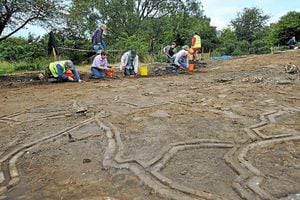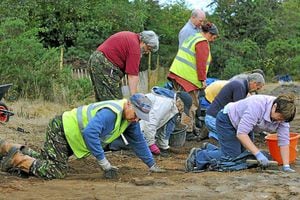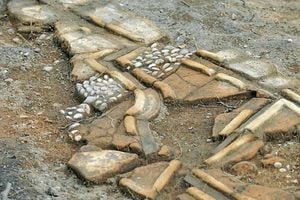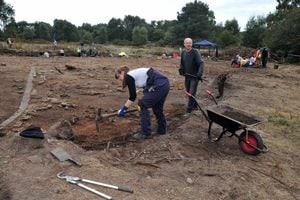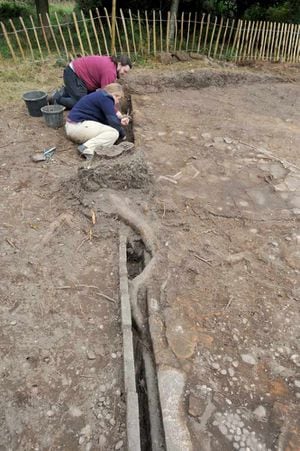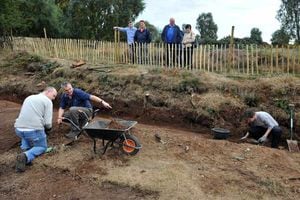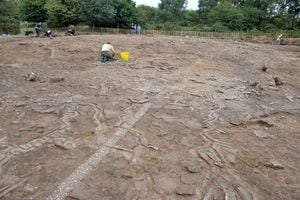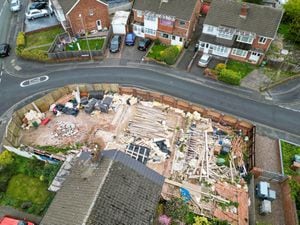Cannock Chase war excavation extended as more details uncovered
The painstaking excavation of a mock-up of a Belgian town which helped Allied troops win an important First World War battle has been extended.
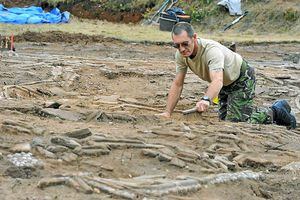
The archaeological dig on Cannock Chase has uncovered so much unexpected detail that organisers have asked for more time to work on unearthing the model – the size of five tennis courts.
The dig site at Brocton, where a former wartime training camp stood, got under way last week.
"There are features there that none of us expected to see, so we've had to keep going back to the map – it's been like untangling a plate of spaghetti," said Lee Dent, who discovered the model with friend Richard Pursehouse after years of research.
Built by German prisoners of war under supervision from New Zealand troops, the model was intended as both a training aid for soldiers heading to Passchendaele and as a tribute to fallen colleagues.
An army of experts and volunteers has been working on unearthing the model village, constructed mostly of concrete. They have found inches-high copies of homes, churches and trenches depicted in the Messines model. Mr Dent, a 47-year-old lorry driver from Cannock, said tons of topsoil has had to be removed by hand in order to reach parts of the model.
There are also more trenches than they anticipated and the remains of a caretaker's hut have also been discovered at the site. He said: "We knew there had been a hut at the site, but again we found more than we bargained for. There was a stove, some crockery, a 1922 sixpence – all sorts of things." Findings so far also suggest that the model has a drainage system.
